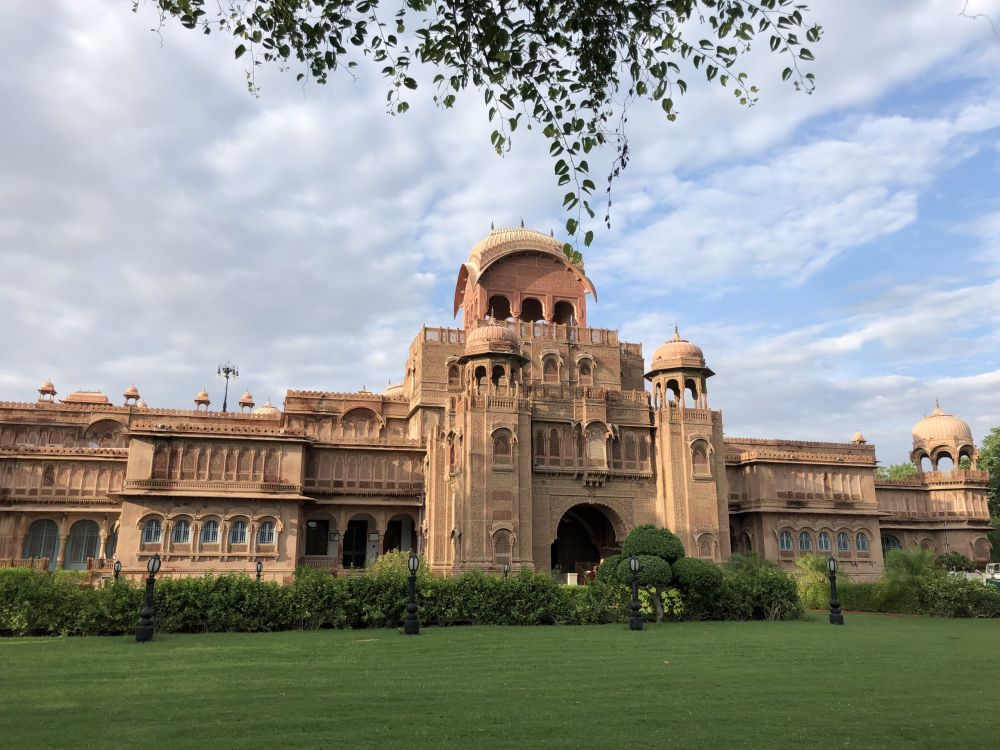

The grandiose Lalgarh Palace in Bikaner, Rajasthan, is a masterpiece of Indo-Saracenic architecture set in the vibrant desert landscape of India. The history of tourism at Lalgarh Palace is a fascinating journey through time, reflecting the evolving tastes and interests of visitors from around the world.
Constructed between 1902 and 1926, Lalgarh Palace was commissioned by Maharaja Ganga Singh in memory of his father Maharaja Lal Singh. The palace was designed by the British architect, Sir Samuel Swinton Jacob, and it elegantly combines Mughal, Rajput, and European architectural styles. Initially, the palace served as the royal residence for the Maharajas of Bikaner.
While the palace was a private residence initially, its doors opened to public visitors in the latter half of the 20th century. Tourists began flocking to Bikaner to witness its grandeur, which marked the start of the palace's tourism history. The inclusion of a luxury hotel within the palace premises has further cemented its place as a sought-after destination for those looking to experience royal living.
Today, Lalgarh Palace is not only a historical site but also a luxurious heritage hotel. The hotel allows guests to live like royalty and is a significant aspect of its tourism appeal. The Shri Sadul Museum, also located within the palace, showcases an extensive collection of artifacts belonging to the Bikaner royal family, adding to the cultural experience offered to tourists.
In recent years, the tourism trend at Lalgarh Palace has been leaning towards experiential travel. Travelers are looking for authentic experiences that go beyond standard sightseeing. The palace offers various cultural events, such as traditional Rajasthani performances, camel safaris, and gala dinners in the sand dunes, to cater to these desires.
Eco-friendly tourism is also gaining traction. Initiatives to minimize the ecological footprint of the palace are being implemented, ensuring that the beauty of the Thar Desert and its cultural heritage are preserved for generations to come. Meanwhile, digital influence on travel is evident with an increasing number of tourists discovering Lalgarh Palace through social media platforms.
For those wishing to visit, documentation of the palace’s architectural beauty and cultural events is readily available through various online channels. Tourists are encouraged to participate in local festivals and fairs to truly understand the essence of Bikaner's rich heritage.
Lalgarh Palace continues to be a beacon for tourism in Rajasthan, combining the allure of its royal past with the comforts and experiences sought after by the modern traveler. Its timeless charm ensures that it remains one of the jewels in the crown of India's tourism industry.
Whether you are a history enthusiast, architecture aficionado, or a traveler in pursuit of luxury, Lalgarh Palace promises an unforgettable escape into the regal splendors of Rajasthan. The palace's enduring legacy and evolving tourism experience are a testament to its grandeur and the captivating tales of the bygone era that still echo through its halls.